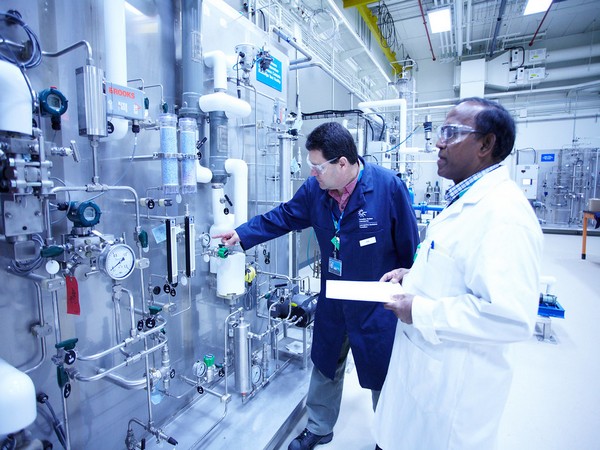IAEA Supports Countries with HR Strategies for Research Reactor Programs
The International Atomic Energy Agency (IAEA) provides support to these countries through modeling tools, educational resources, publications, and peer review services.

For countries looking to introduce or expand a research reactor program, developing a robust human resource management (HRM) strategy is a crucial step before embarking on this significant investment. The International Atomic Energy Agency (IAEA) provides support to these countries through modeling tools, educational resources, publications, and peer review services.
The nuclear industry demands a high standard of quality in HR planning, especially for research reactor programs. A well-trained workforce is essential for ensuring safety and sustainability. However, the industry faces challenges such as the retirement of qualified personnel and retaining talent. Recognizing the importance of establishing and implementing an HRM strategy is essential for increasing the number of qualified personnel in the long term and retaining them.
“The management of human resources is the pillar of successful project development,” said Cheikh Niane, Technical Coordinator of Senegal’s first research reactor project and General Secretary of the Ministry of Petroleum and Energy. “We should define the state of our workforce to support a nuclear program in the country and what should be our recruitment pool.”
Senegal, one of several countries planning its first research reactor, piloted a new IAEA training service in December 2022. This service covered the IAEA’s Human Resource Modelling Tool for New Research Reactor Programmes, developed using the Nuclear Power Human Resources (NPHR) modelling tool provided by the United States in 2011. The NPHR tool helps countries understand their workforce requirements and the flow of human resources when planning a nuclear power program.
The new tool supports countries in comprehending their human resource requirements and the need for coherent national workforce development. The workshop in Senegal included demonstrations, installation, and configuration of the tool on participants' computers, along with training on basic skills in dynamic modeling and exercises. It also covered good practices for workforce planning, safety, and managing HR data.
In April 2023, a similar training session was held in Thailand, which has one operational and two planned research reactors. This session aimed to inform personnel on the use of the modeling tool and provide feedback on Thailand’s workforce plan. It also included information on IAEA guidance and collaboration on adapting the NPHR modeling tool for research reactors in the future.
“Human resource development is an important component in developing infrastructure for a new research reactor, according to the IAEA Milestones Approach,” said Kanokrat Tiyapun, Reactor Manager at the Thailand Institute of Nuclear Technology. “The results from the model will be used as a support document to communicate with decision makers on human resource requirements, competency, and the capacity of the country to meet the requirements of a new research reactor program.”
The IAEA also offers free online educational materials on HR development, including modules and publications. A newly released publication, "Managing Human Resources in the Field of Nuclear Energy" (IAEA Nuclear Energy Series No. NG-G-2.1 (Rev. 1)), provides guidance for decision makers and senior managers responsible for developing competent and sustainable staff. This publication covers key HRM elements such as workforce planning, training and development, and performance management, providing clear markers for producing effective HRM strategies. It is ideal for senior managers, HR professionals, and line managers, and is useful for both new and existing nuclear programs.
Countries pursuing research reactor development through this approach start by justifying the need for a reactor, leading to construction and commissioning, provided all requirements are met.
Human resource development is one of 19 infrastructure elements in the Milestones Approach, alongside developing a regulatory body, legal framework, and ensuring nuclear safety and security. This element can be addressed through an Integrated Nuclear Infrastructure Review for Research Reactors (INIR-RR) mission, which helps countries determine the status of their national nuclear infrastructure and identify further development needs to support the project from planning to decommissioning.
“The availability of adequate human resources is key for any project,” said Petr Chakrov, Head of the IAEA’s Research Reactor Section. “The development of these resources is a complex, dynamic process, and our new modeling tool helps countries to plan human resources for their research reactor programs in a more comprehensive and realistic way.”
- READ MORE ON:
- IAEA
- nuclear industry










